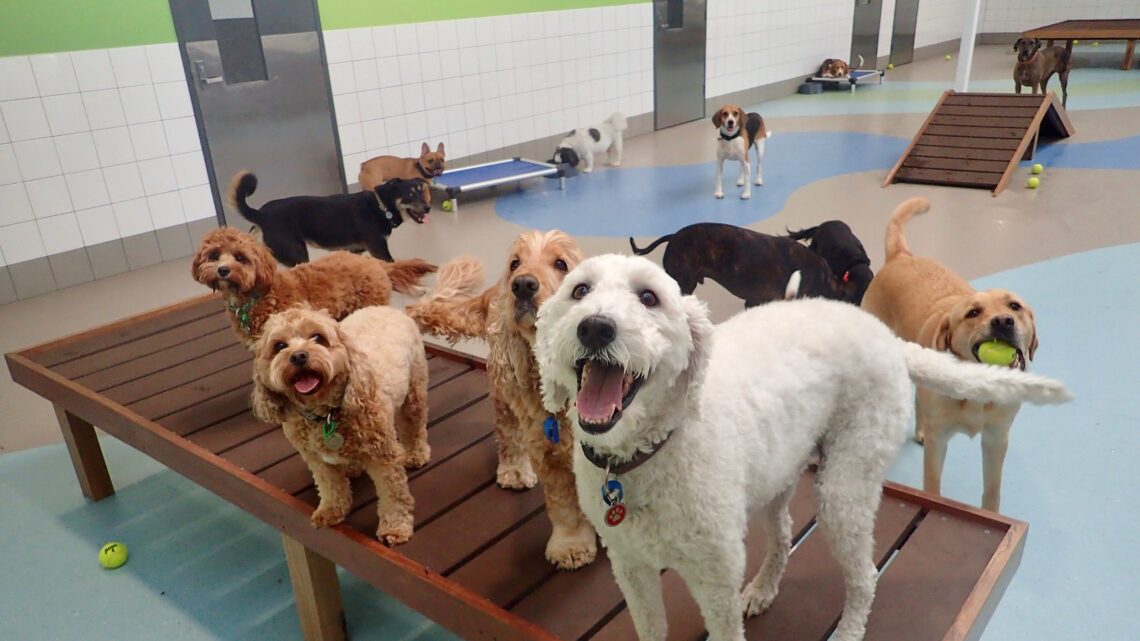
How to Choose a Groomer
May 27, 2020You might think that individuals would be legally bound to get some good training before they handle sharp instruments around your Dogalini (or Kittychai), but they’re not. Pet grooming salons tend to be at the mercy of licensing requirements, but the groomers themselves aren’t – not anywhere in america, so far as I’ve had the opportunity to learn. Visit: http://healthyhoundplayground.com/
Of course, even the best groomer will sometimes nick an animal. However, an inept groomer can seriously injure your pet, and a heavy-handed groomer can scare him and elicit aggression, so that it would be nice to find someone skillful and kind. Here’s what things to look for:
#1 Training and Experience
You will need to screen out the yahoo who found a pair of clippers and then put an ad on Craigslist, claiming to be an expert groomer. Ask how your possible groomer got her training. She may took courses or learned her craft through an informal apprenticeship. Membership in a trade group including the Dog Groomers Association of America may be a good sign; the DGAA offers classes and requires testing before it certifies an associate. (Note, though, that the testing isn’t done by an unbiased body such as the Certification Council for Professional TRAINERS.)
An inept or heavy-handed groomer can seriously hurt or scare your dog, so find one who’s skillful and kind.
#2 Clean, Calm Shop
You are able to compare this with how you’d evaluate a vet’s office. In the type of things, you will see occasional mess: hair on the floor around a dog being groomed, or a super-anxious or unhousetrained animal may have eliminated. Search for frequent sweeping and prompt cleanup. No dogs lingering in soiled cages, please. Yes, there will be some barking, but I would hesitate if I heard Megadeth blaring from the speakers – there’s grounds sustained, loud, jarring noise can be used to torture prisoners, and it plays a part in stress in animals too.
In case the shop handles both cats and dogs, the species should be caged well away from one another, ideally in separate rooms. Barking dogs scare most cats; the groomer who takes that under consideration is a groomer mindful of the comfort of animals she’s in charge of.
4-minute readEpisode #150
play
LISTEN
How to Choose a Groomer
Subscribe
Subscribe on iTunes
Subscribe on Stitcher
Subscribe on Google
mute
#3 Hard-to-Handle Dogs
Ask the way the groomers respond in case a dog struggles, growls, or snaps. You don’t want to listen to any variation on “We do need to get tough with some dogs,” or “We just suggest to them who’s boss.” Confrontational, coercive responses have a higher probability of making matters worse – both escalating aggression in as soon as, and making the dog’s respond to grooming and other handling worse in the long run.
You truly, really, really don’t want to hear a groomer tell you that they provide sedatives unless these are provided by the dog’s guardian and recommended with a vet expressly to help the dog keep your cool for grooming. By all reports, sedation by groomers is disturbingly common. It also constitutes the practice of veterinary medicine with out a license: illegal, unethical, and dangerous.
Many or most groomers will use a “grooming noose” to help restrain your dog on the grooming table. That is okay, so long as dogs should never be left unattended even for an instant. The loop should tighten and then a pre-set extent, so a puppy who struggles isn’t actually being choked.
It’s acceptable to muzzle dogs for safety’s sake, but grooming muzzles don’t enable panting therefore their use should be carefully limited; one big-box store sets a maximum of 15 minutes.
The very best responses to your question about a fractious dog will mention gentleness, giving your dog an escape from the grooming session, not rushing the process, distracting the dog with treats or rewarding him with treats when he tolerates handling, and stopping if the dog is overwhelmed. A groomer I spoke with in preparing this content said bluntly: “If we clip just five nails, then we clip just five nails.”
#4 The Groomer MUST HAVE Questions for you personally, Too
A good groomer would want to give your pet back looking in the same way you hoped he would, so she should ask just what results you’re looking for. Because she also wants to make the experience as nice for your dog as she can, she must have lots of questions about him, too: How old is he? Has he ever gone to a groomer before? Does he have any sore spots, injuries, or other painful conditions, such as arthritis? How are his hearing and sight? (A puppy who can’t hear or see well may be simpler to startle.) What form are his teeth in? Is he touchy about having any of his areas of the body handled? Is he crate trained? (A stop by at the groomer’s is a lot easier on dogs who are at ease resting in a crate or kennel.) Is your dog relaxed and friendly toward other dogs? (If you let the groomer know of problems in advance, she may be able to kennel him from the other groomees, so every person can relax.)

